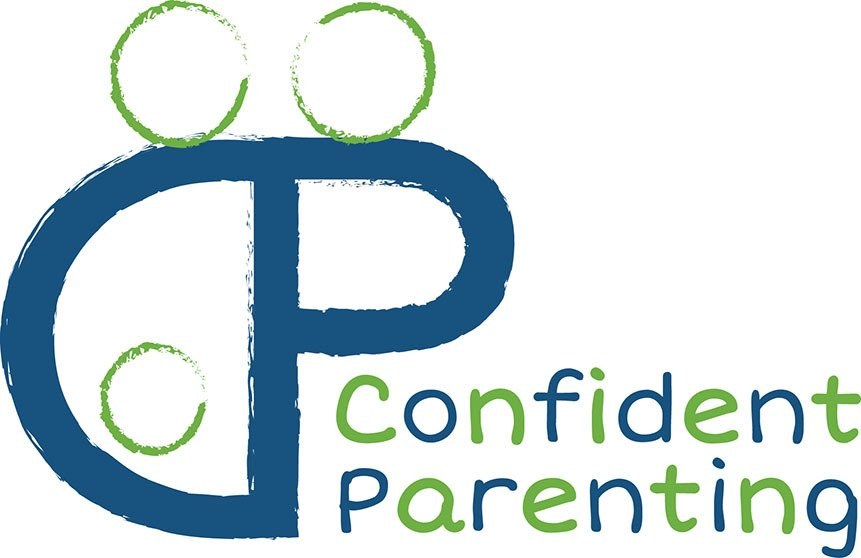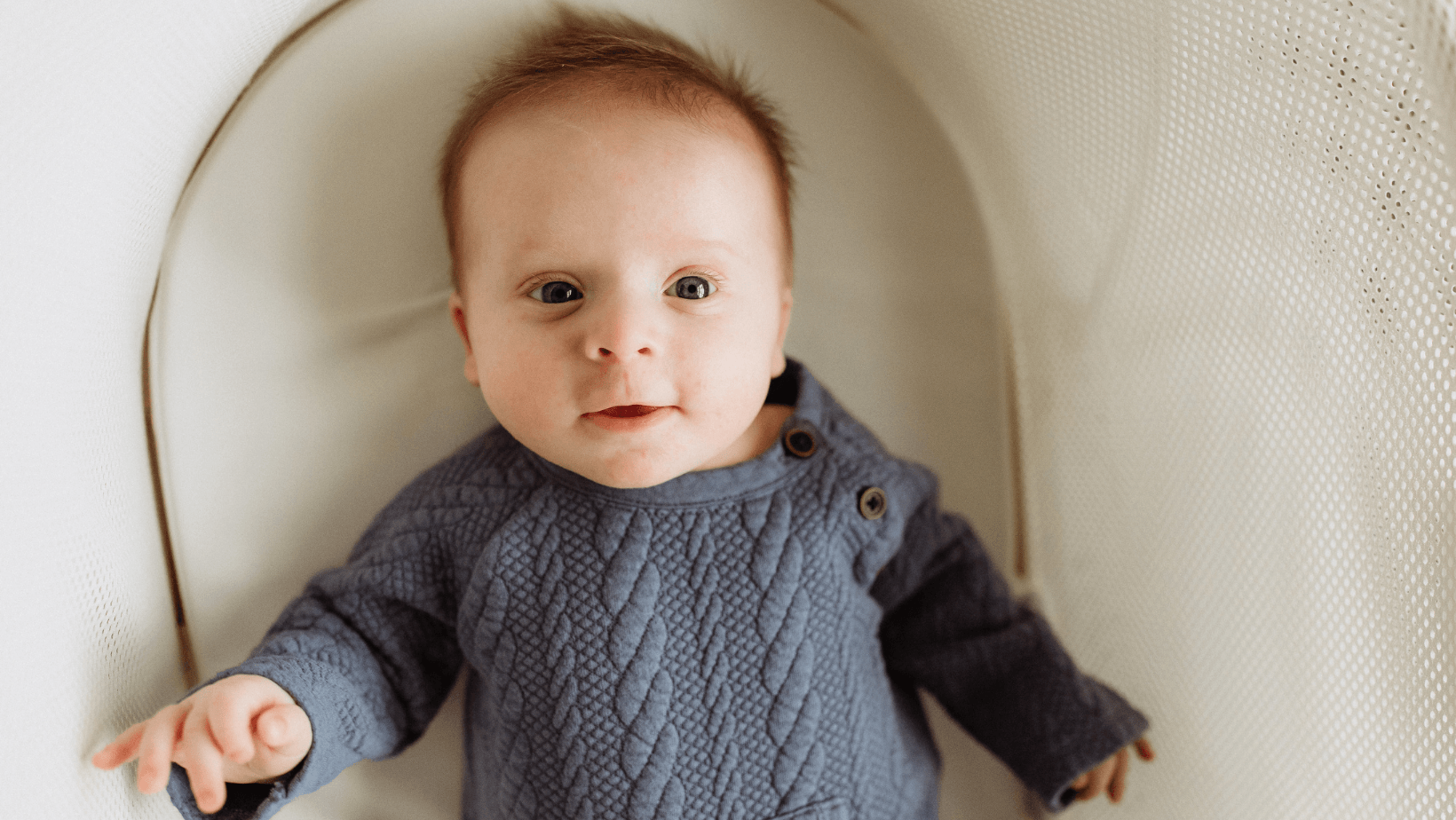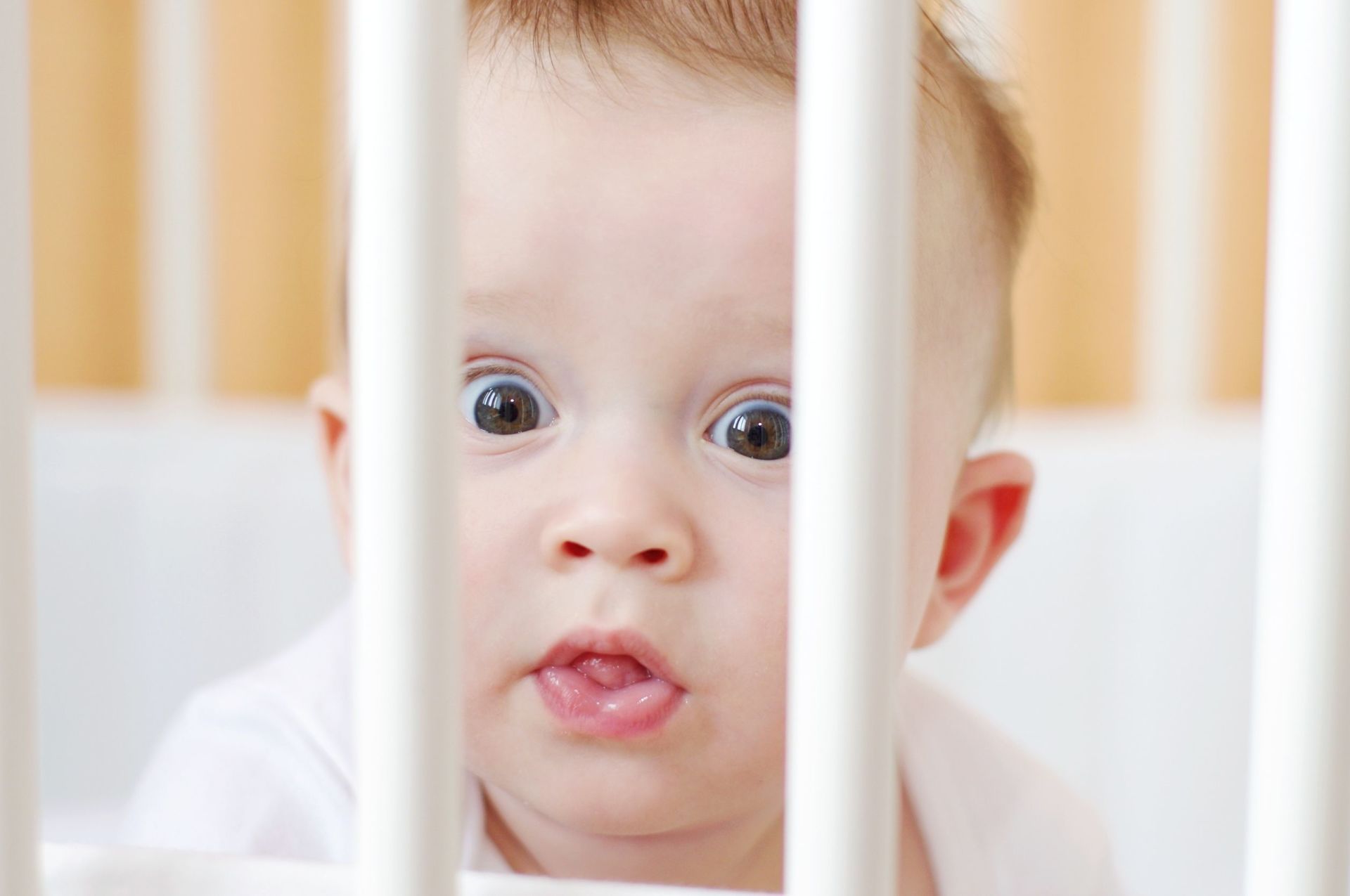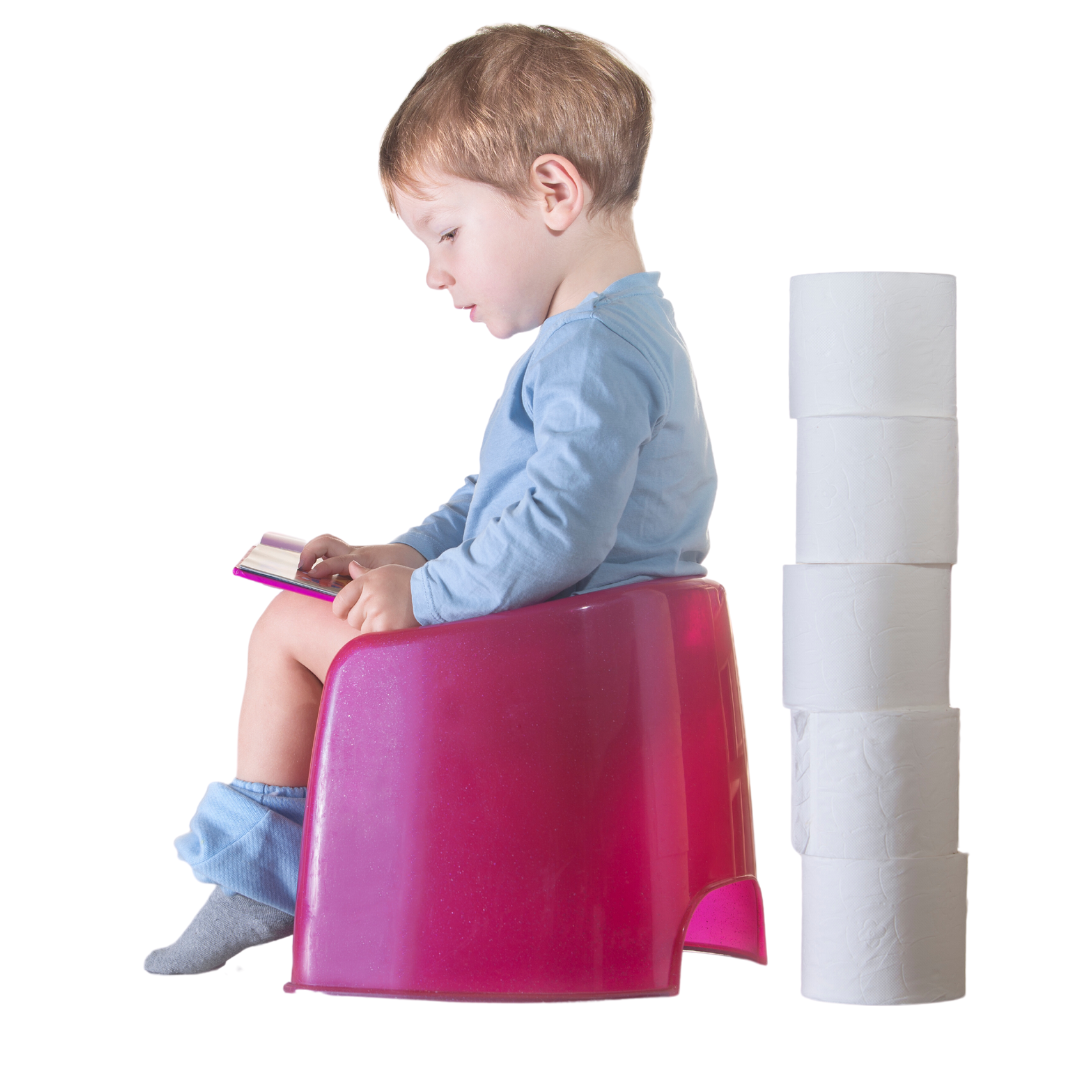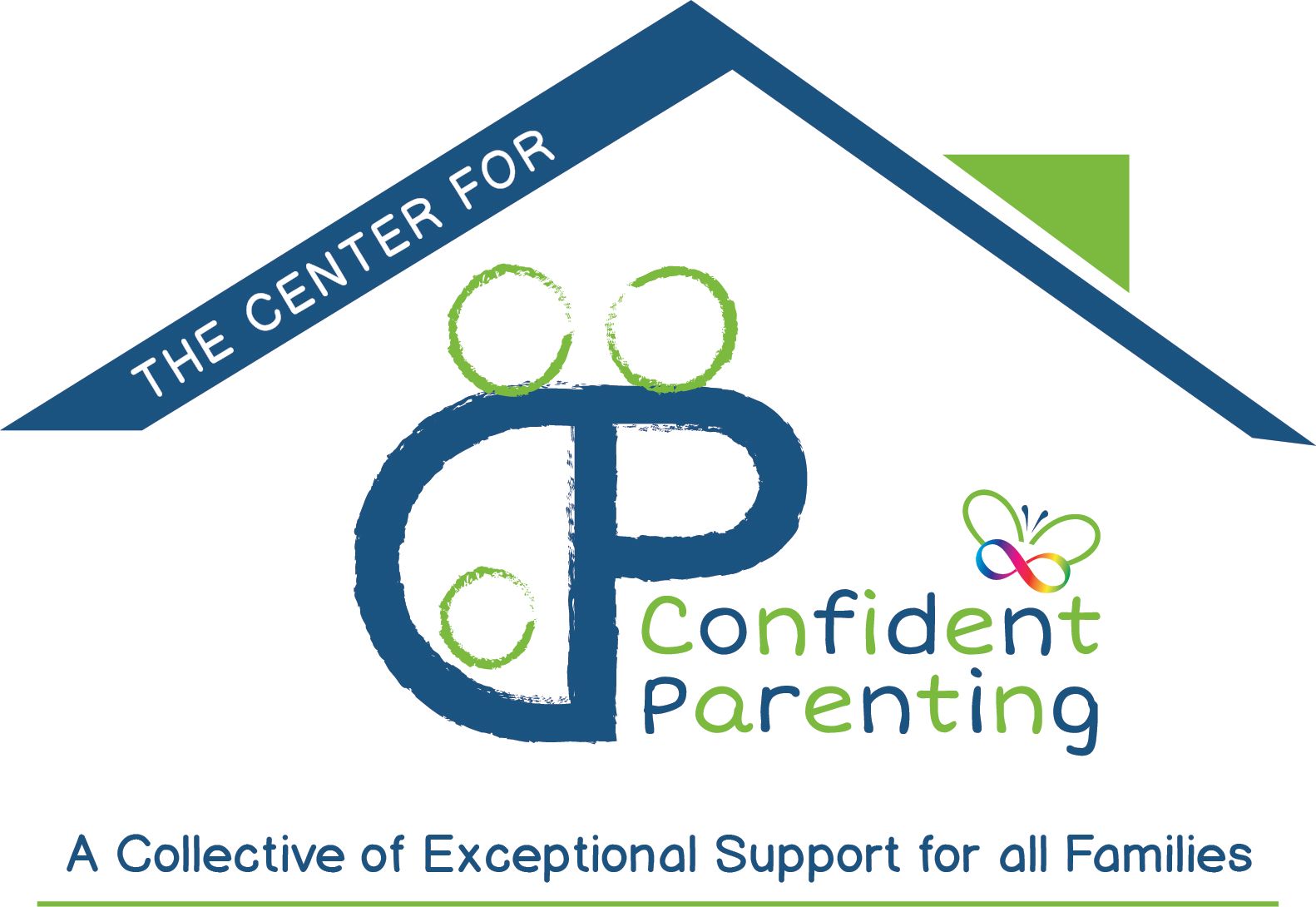Spend just a moment on social media or around other parents and you will not be able to avoid talk of the dreaded “4 month sleep regression.” Whether you have been warned that it is coming or are in the midst of it – it’s a good news/bad news scenario. The bad news? You can’t prevent or avoid it. The good news? With a little help from us, you can understand what it is and how to navigate it.
What Causes the Four Month Sleep Regression?
Many parents experience an initial period of sleep deprivation when they bring their infant home, followed by a blissful one where baby settles into a more predictable pattern, waking only once or twice to eat. Then, as if someone flipped a switch, frequent waking resumes as often as every 2 hours over night and every 30-45 minutes during naps, often around the 4 month mark. This sudden shift is caused by a rapid leap in brain development and a resulting maturation of sleep patterns that occurs between 12-16 weeks of age. Essentially baby suddenly feels wired. They are now far more aware of their surroundings, and therefore struggle to fall and remain asleep. To label it a regression is a misnomer – it is actually a progression in brain development that results in what feels like a step backwards in sleep patterns. So, will it solve itself if you just wait it out?
Will the Regression Resolve on its Own?
While the leap in brain development will settle down in time, many parents find they don’t “come out” of this regression or report that baby gets “stuck.” We work with many who wait until 6 months and far beyond, never seeing a light at the end of that frequent waking tunnel. So, what gives? While the brain does settle down, this leap in development leaves behind a permanent change in the structure of baby’s sleep cycles. As a newborn, they spent less time shifting into and out of deep sleep and were less aware of their surroundings. Your older baby will transition more often between sleep cycles that feel more contrasting or even jolting and, once awake, will look around and notice if anything is amiss. Let’s break that concept down a bit further.
Why Baby Gets “Stuck” in the Regression
When we, and your now older baby, transition between sleep cycles, we experience a partial arousal where we wake very briefly before shifting into the next cycle, very much like slowing down to roll over a speed bump while driving. During this partial arousal we are prone to notice if anything is missing from or has changed in our environment. For example, if your pillow fell on the floor, you would likely notice, wake fully, and replace it before returning to sleep. These sleep “speed bumps” are integral to the structure of your older baby’s sleep and we can’t remove them.
Imagine you fell asleep in your bed with your partner and pillow and, 2 hours later, awoke alone on the kitchen floor. You would likely be a bit disoriented and alarmed but, more importantly, would you be willing and able to go back to sleep on the kitchen floor? Or would you march back to your cozy, familiar sleep scenario in your room and bed? The latter would be far more realistic.
Now picture that scenario from your baby’s point of view. Often, they are falling asleep in arms – sometimes with milk – and then being transferred into the crib, fully asleep or very drowsy. Then, about 2 hours later, baby hits a partial arousal, notices those things are missing, and wants – even needs- to recreate that scenario to get back to sleep. Makes sense, right? Here’s what you can do about it.
Navigating the Regression
The key to resolving night waking and short naps is not to prevent the arousals, but, rather, to work toward baby being willing (in terms of their expectations) and equipped (in terms of their independent sleep skills) to move through them and into the next sleep cycle on their own. That is the difference between a baby who is sleeping appropriately overnight and one who is waking too frequently. One can manage the transitions, treating them like speed bumps, whereas another cannot and wakes fully, treating those transitions like stop signs.
The goal of sleep learning is to work toward helping baby learn to fall asleep independent of you and other crutches so they are drifting off in the same sleep space and environment they will wake in later in the night. You want baby to hit that transition, look around and say, “Oh, nothing is missing. Nothing has changed. And I know how to get into the next sleep cycle.”
Back to the Good News/Bad News Scenario we Started With…
The bad news? There is no secret for achieving smooth sleep –the “secret” is in supporting baby through a process of learning how to fall to sleep and back to sleep independently. The good news?...our sleep team is here to help you and baby get there! Together we will look at the timing of sleep as well as the sleep routine and environment to ensure there is a solid foundation laid so baby can be successful. Then we will help you weigh your options to travel from point A to point B. The best news?...YOU will be creating the plan you implement and deciding how hands on your approach will be as well as how gradually you will implement it.
We would love to help you reclaim solid nights of sleep for yourself and your family. Learn more about our support options and get started today or feel free to schedule a discovery call to talk through your concerns about the process.
